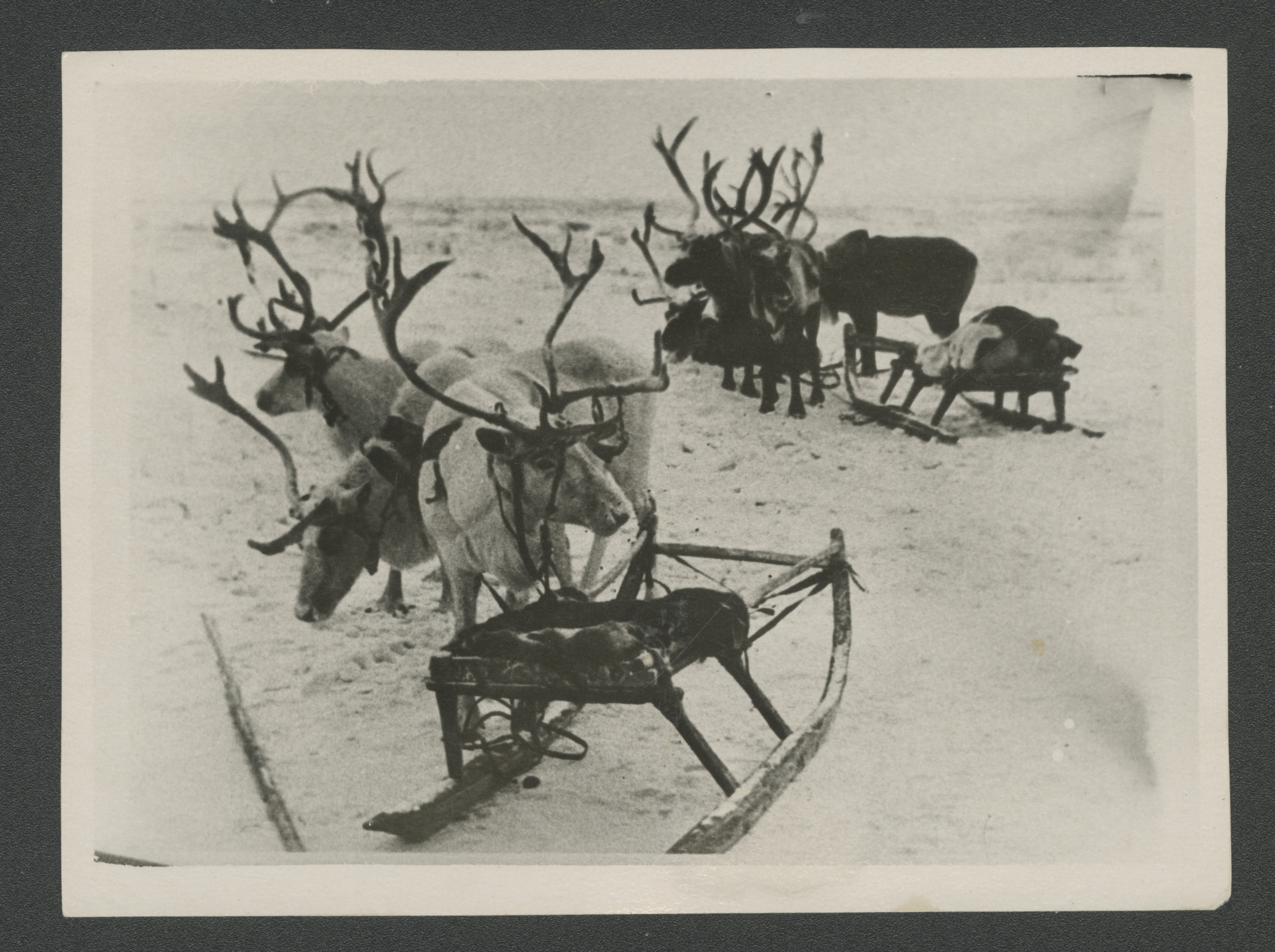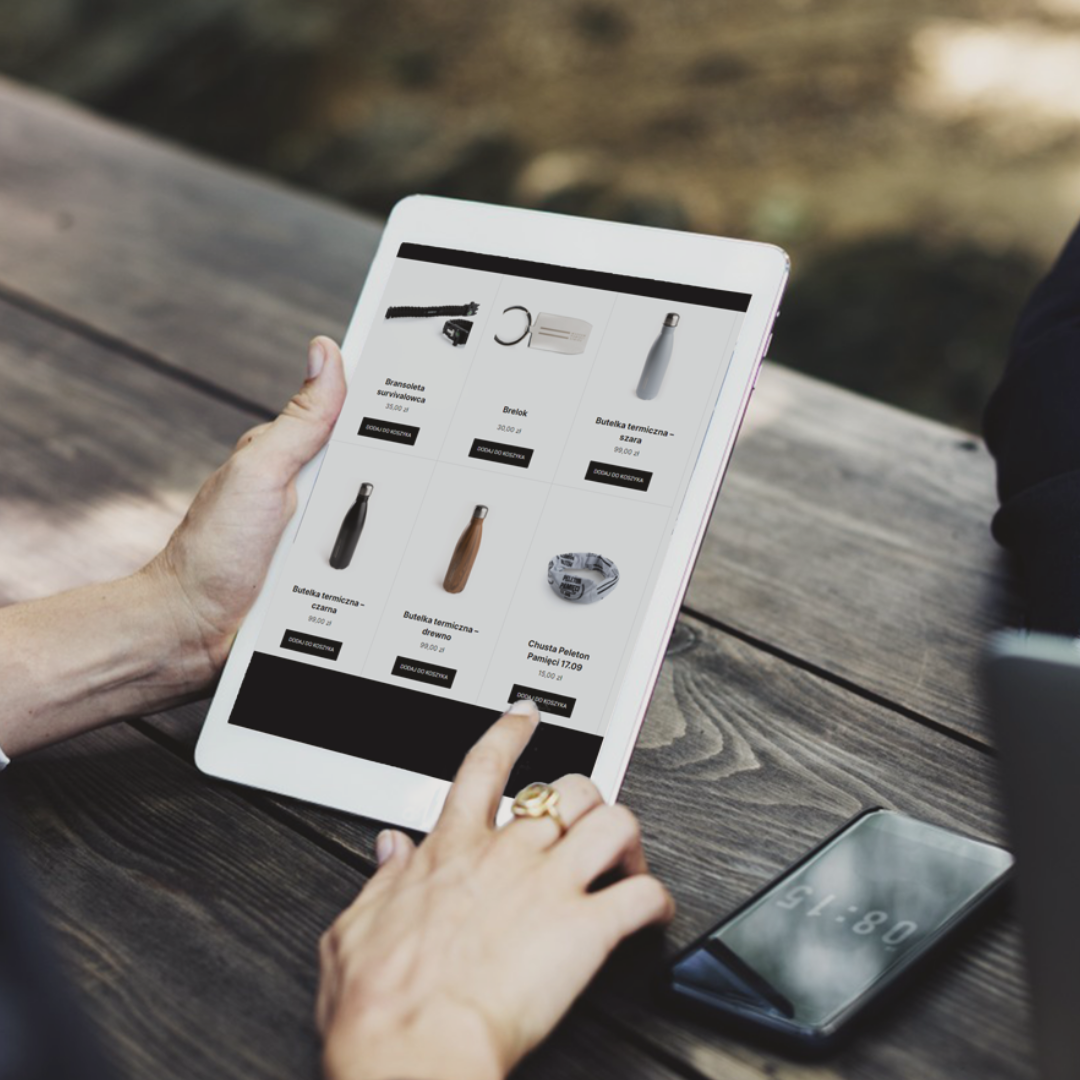Memorabilia of Gleb Bogdanovich were presented in September 2023 in our Exhibit of the Month series. Today we present a part of the collection of photos taken by the character of that exhibition.
In the pictures included in the collection of the Sybir Memorial Museum, we can see both 8-month winter in Vorkuta, which Bogdanowicz had the opportunity to photograph in the years 1956-1960, and the winter in the 1960s in Rudensk, which he photographed in the light of the family winter walks and ski trips.
Gleb Bogdanovich, son of Vyacheslav and Barbara, was born on June 23, 1913 in Vilnius. In 1937, he graduated from medical studies at Stefan Batory University in Vilnius. He completed his hospital internship at the Wilcza Łapa Hospital in Vilnius, and then started working at the district hospital in Iwieniec (currently Belarus).
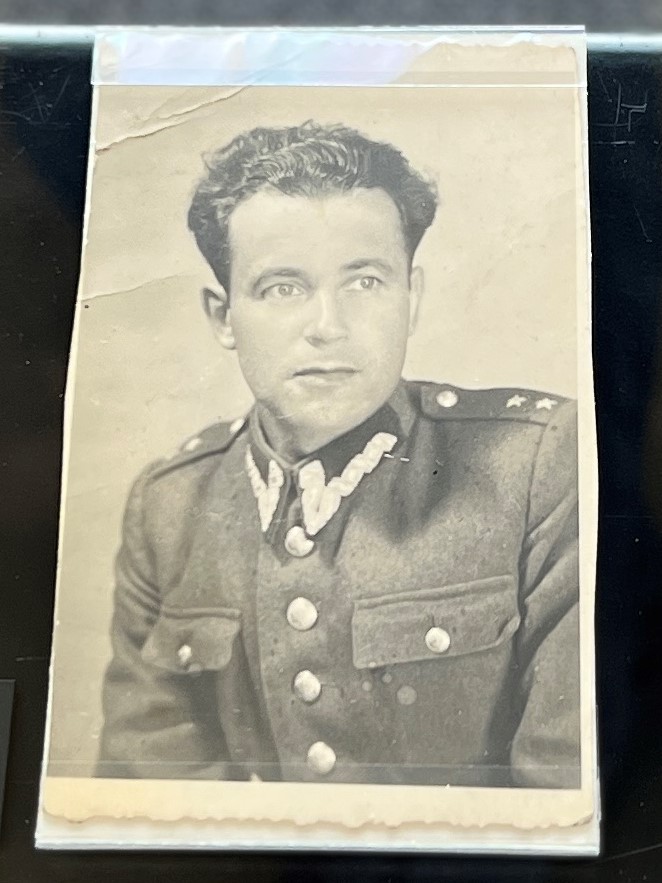
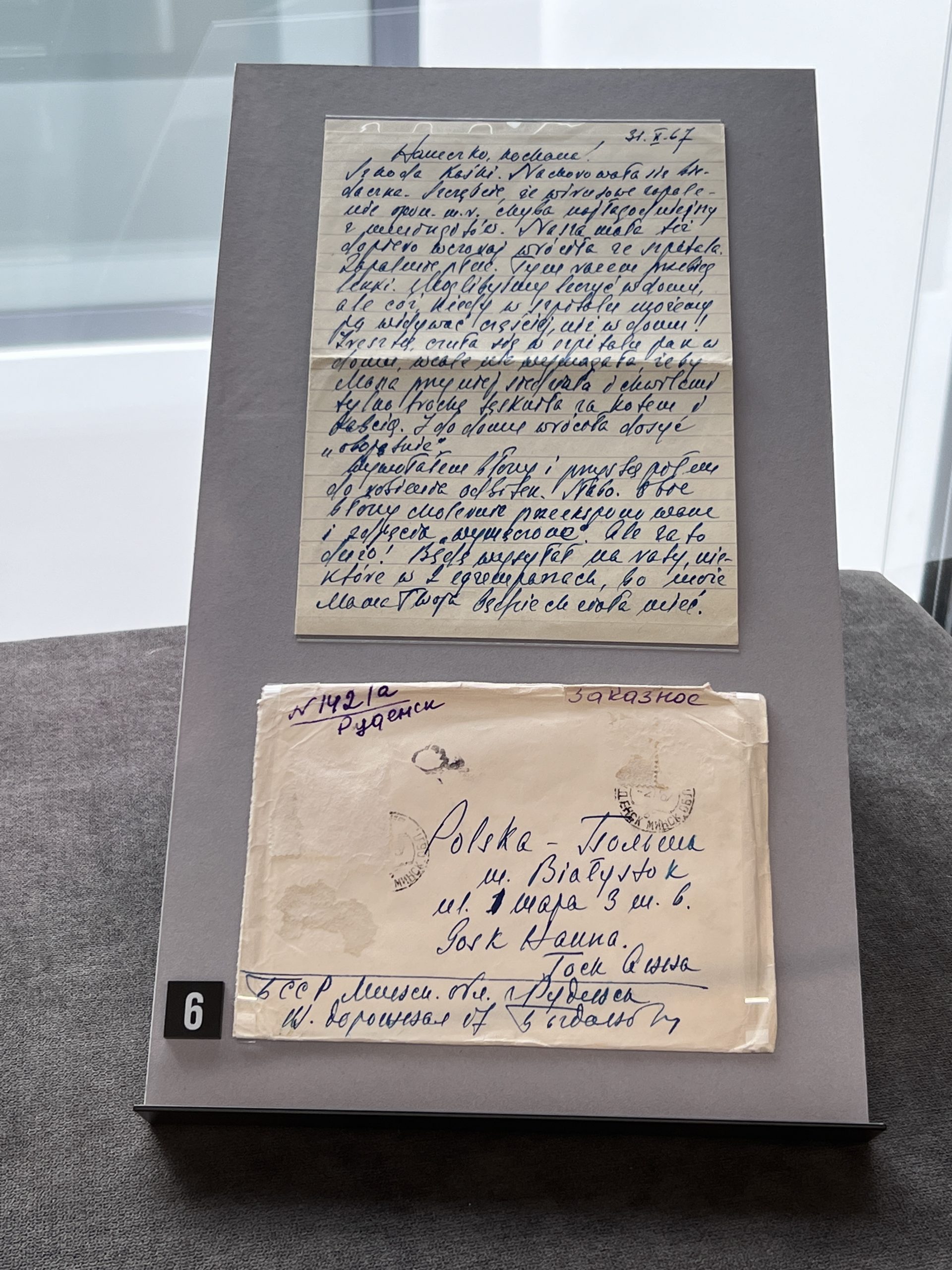
During World War II, he cooperated with the Home Army, providing medical assistance. He was mobilized into the Belarusian Army collaborating with the Germans, from which he escaped in the summer of 1944. He moved with a unit of partisans to the Sokółka area, wanting to find a place for himself in the new reality. Soon he started working at a hospital in Wysokie Mazowieckie as director.
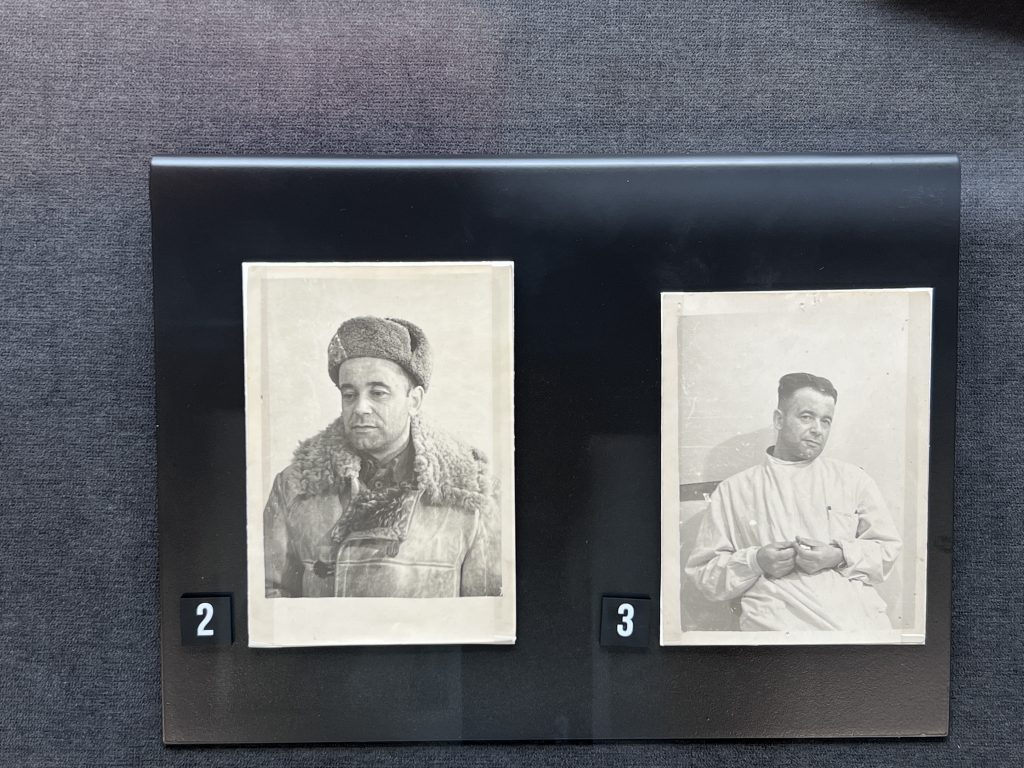
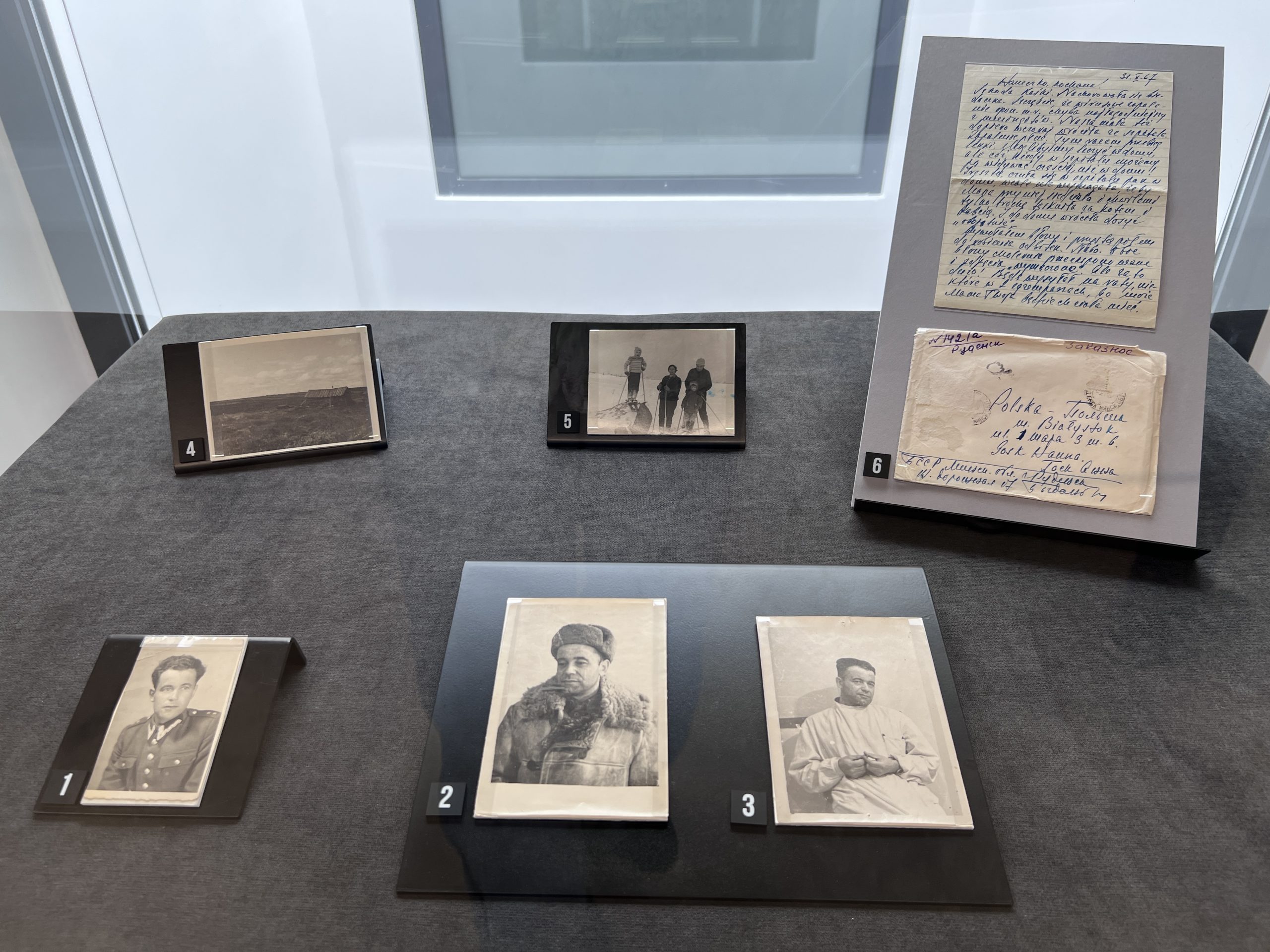
He was arrested by the Security Office, but thanks to the efforts of the Provincial Health Department, he was released. He moved to Ełk, where he took up the position of director at a local hospital and additionally worked as a garrison doctor. As his family recalls, he had a great passion for pediatrics. He spent half of his salary on equipment for the children’s ward and toys for young patients.
He was arrested again around Easter in 1948, convicted and deported to the USSR, to the Vorkuta labor camps. For seven years he worked in a mine and in the building of the railroad and then — until the end of his deportation in 1959 — he was a camp doctor.
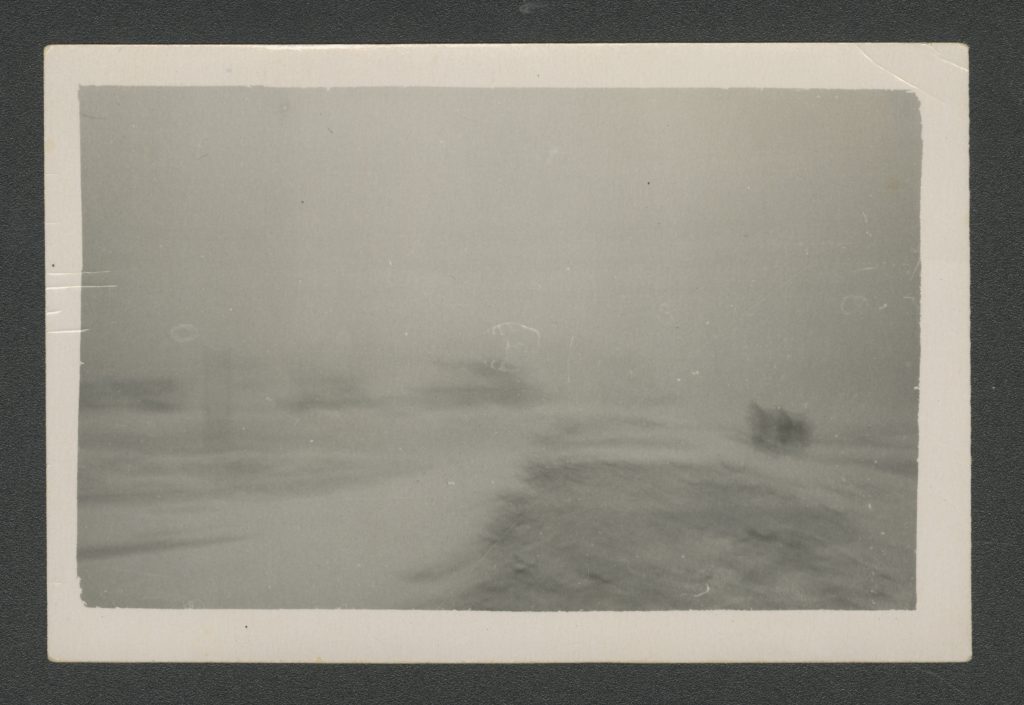
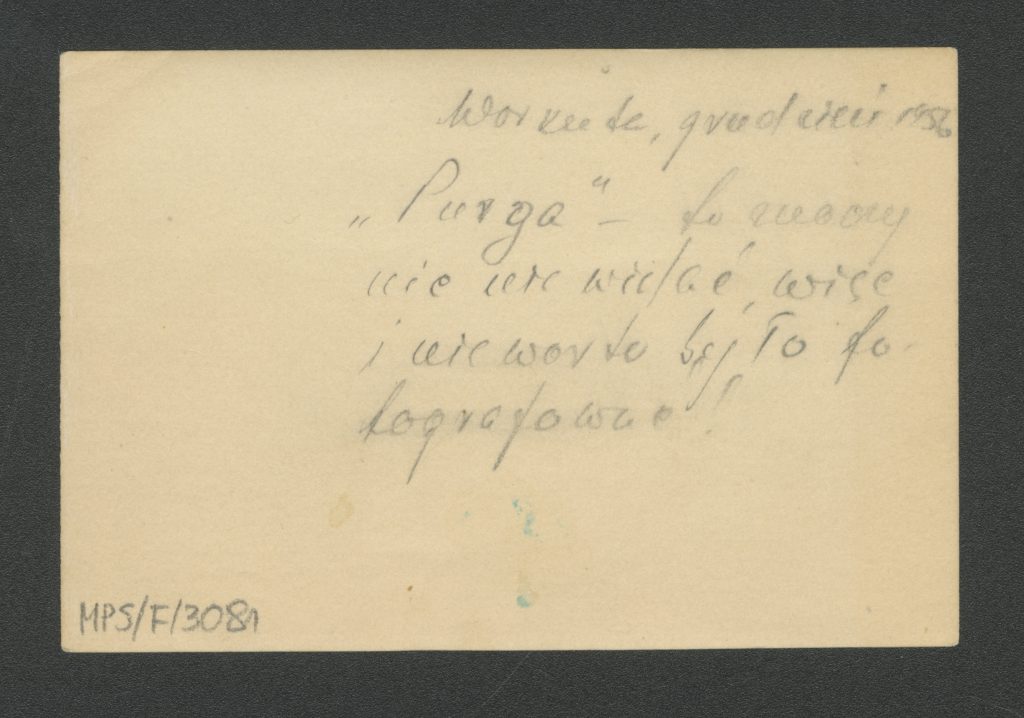
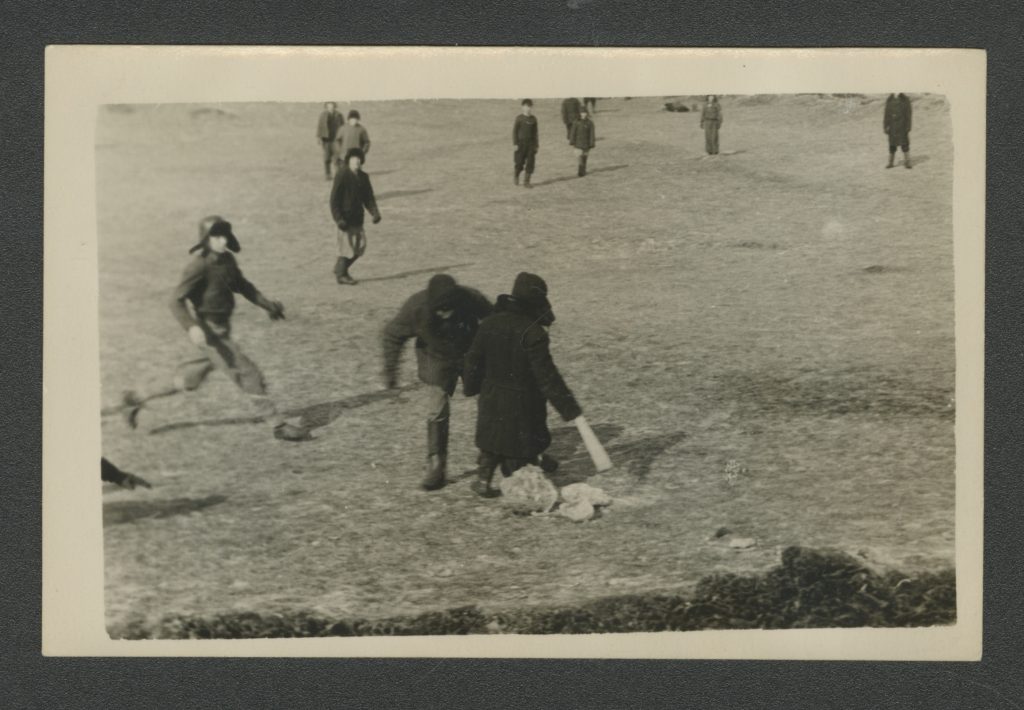
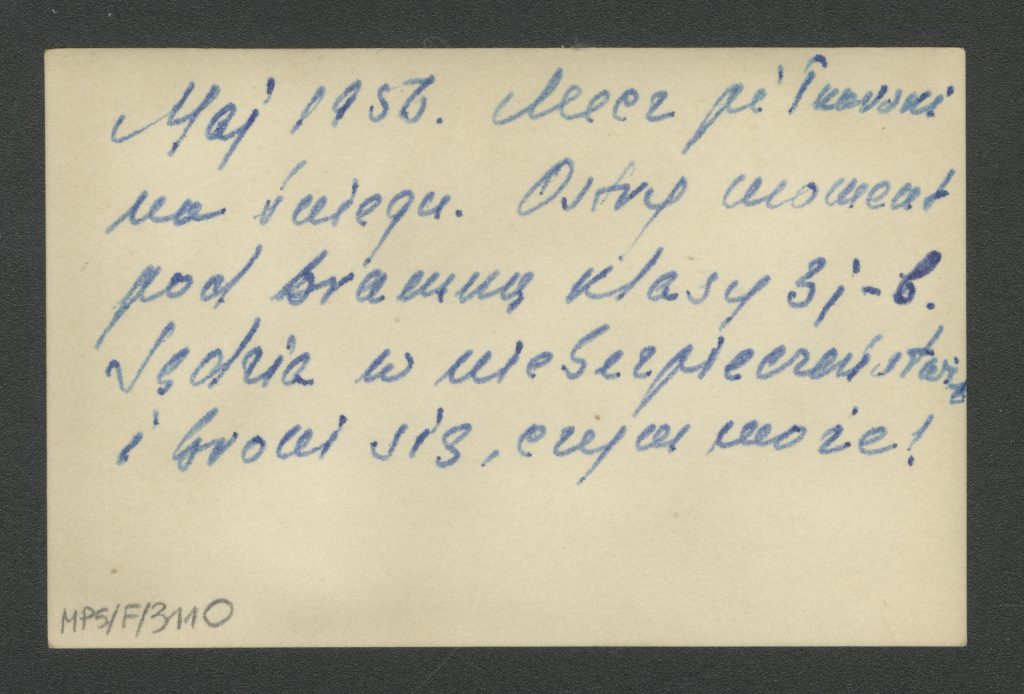
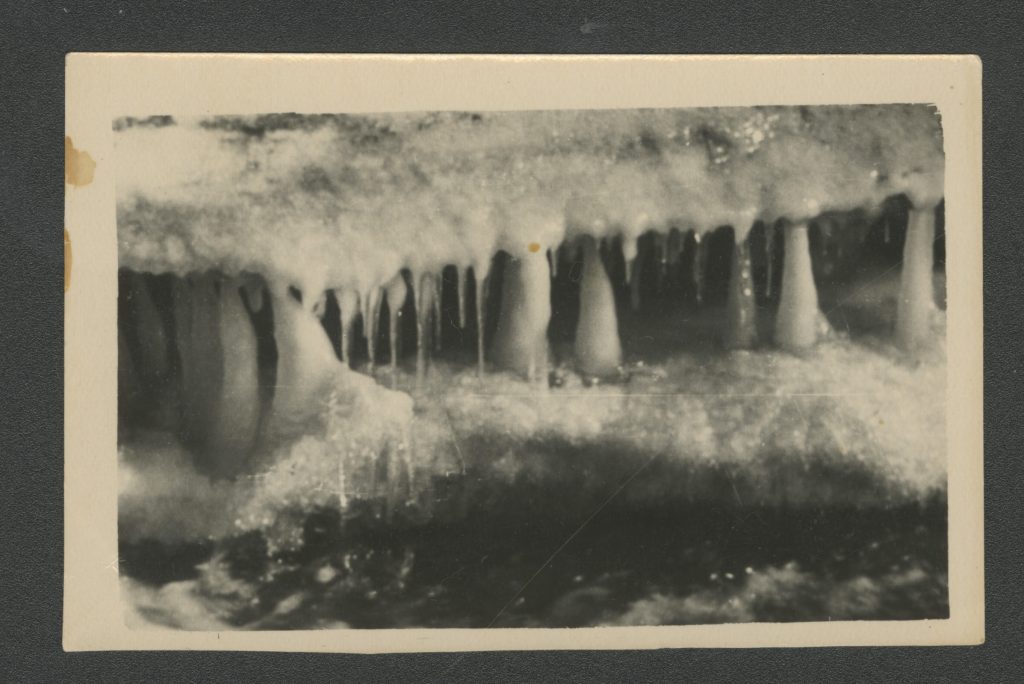
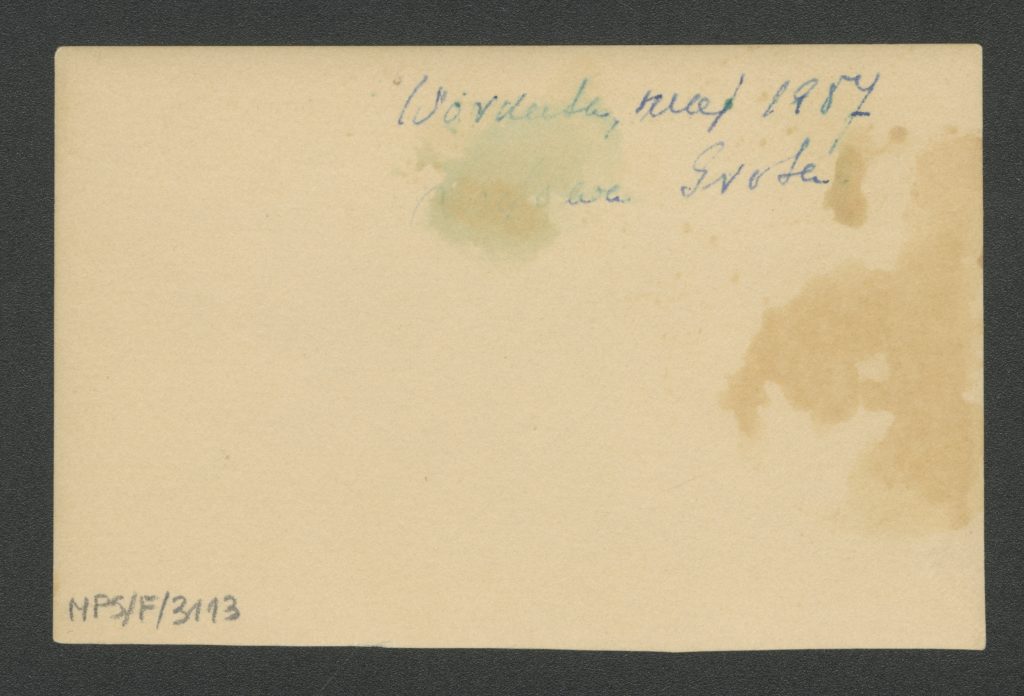
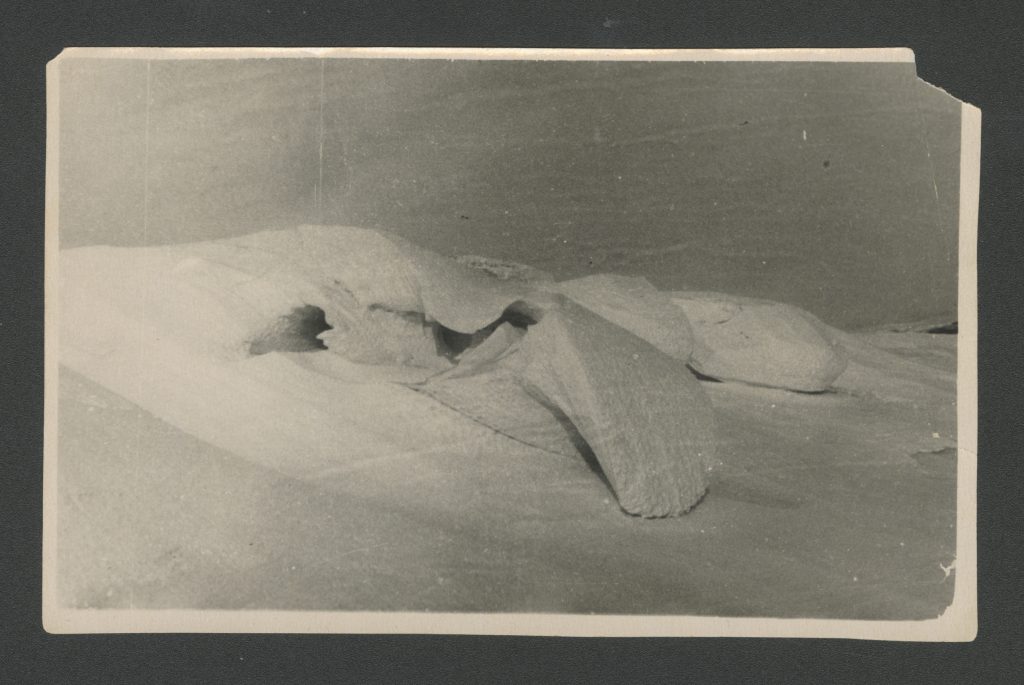
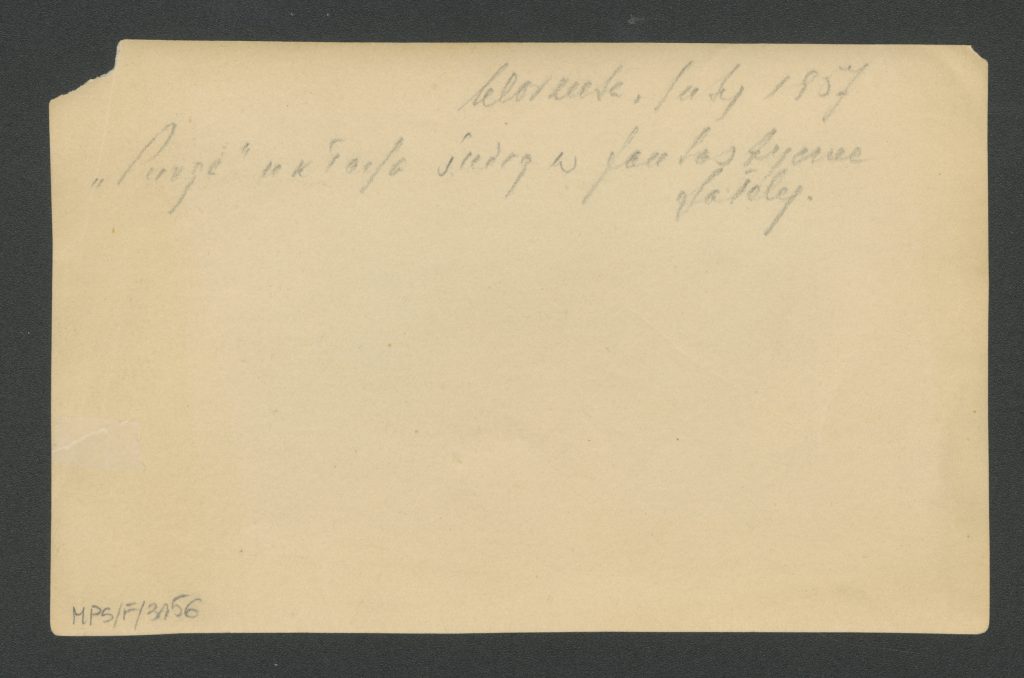
After being released, Gleb Bogdanovich could not return to Poland. He was offered a job at the local hospital in Rudensk, within the borders of the Byelorussian Soviet Socialist Republic. In 1961, he married a local doctor of Ukrainian origin, Maria Tikhonovna. They had two children, Irena and Sławomir. He died in Rudeńsk in 1971 and was buried in the local cemetery.
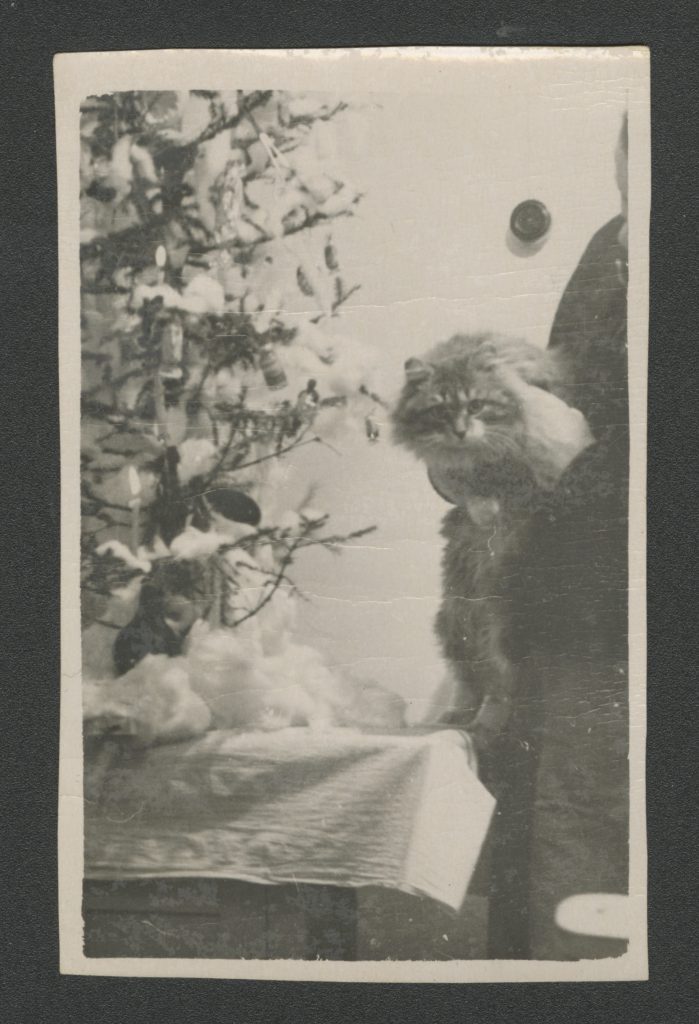
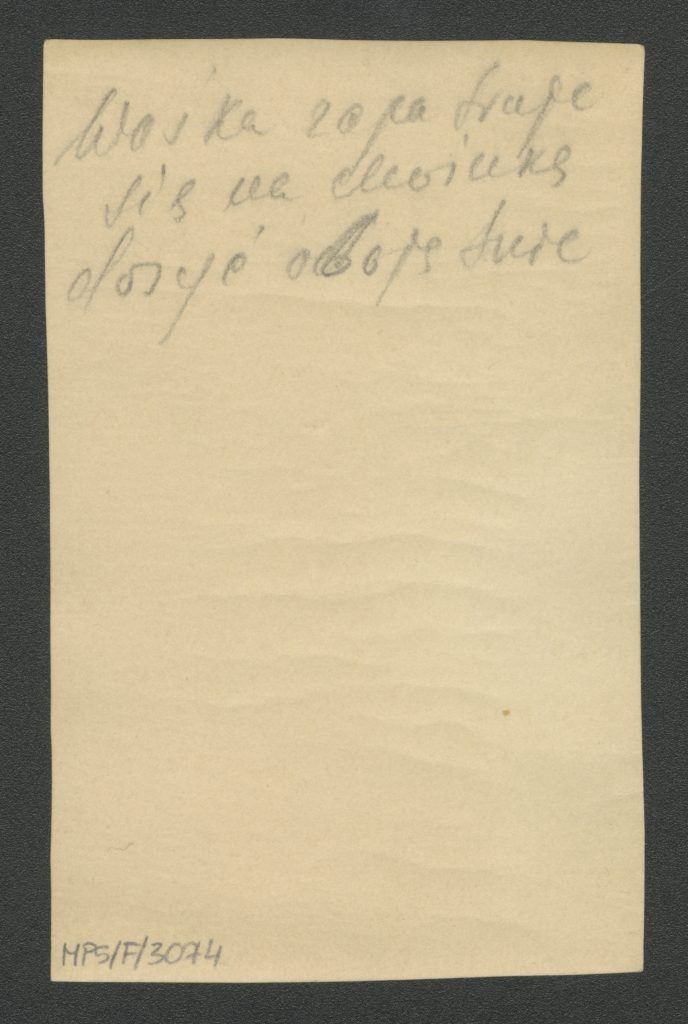
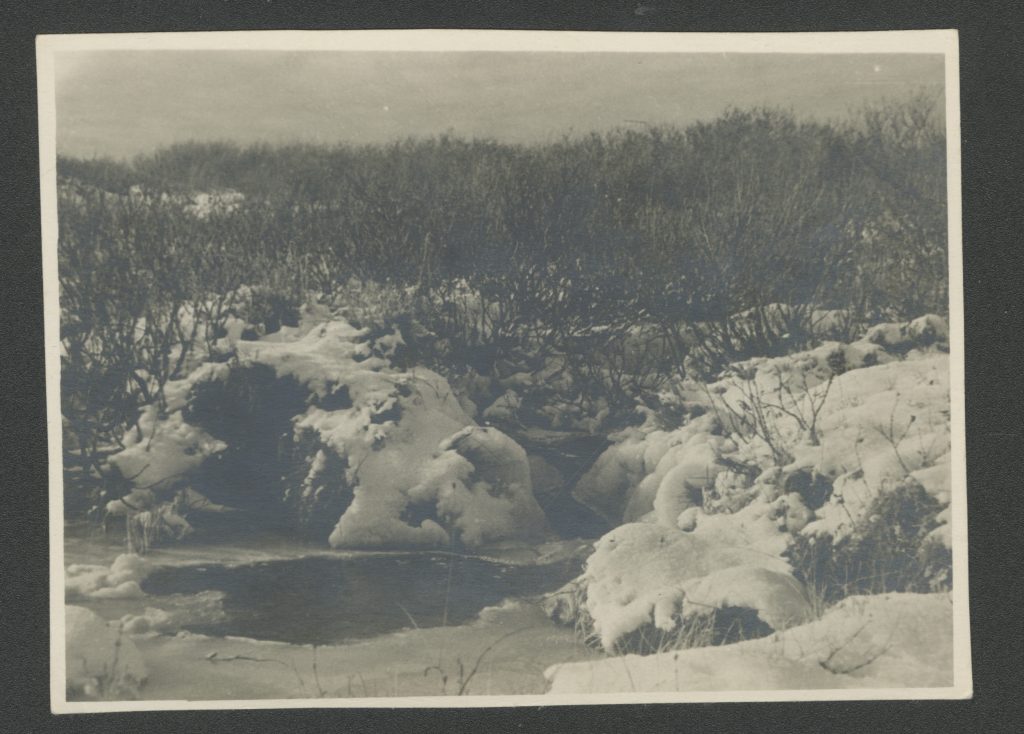
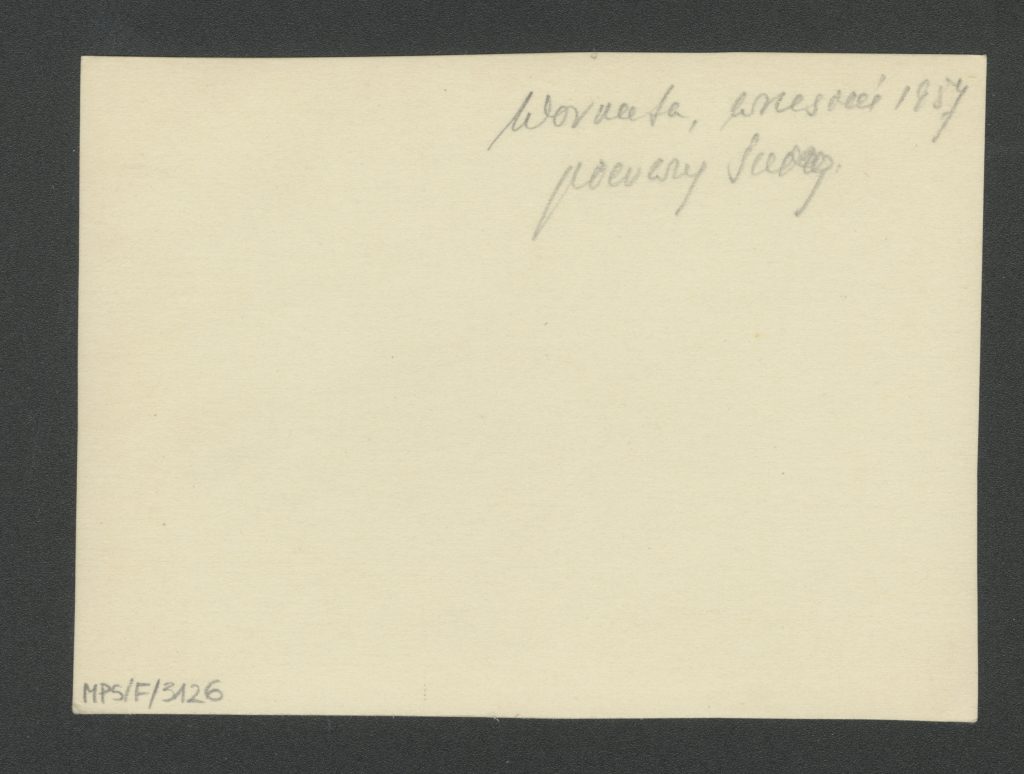
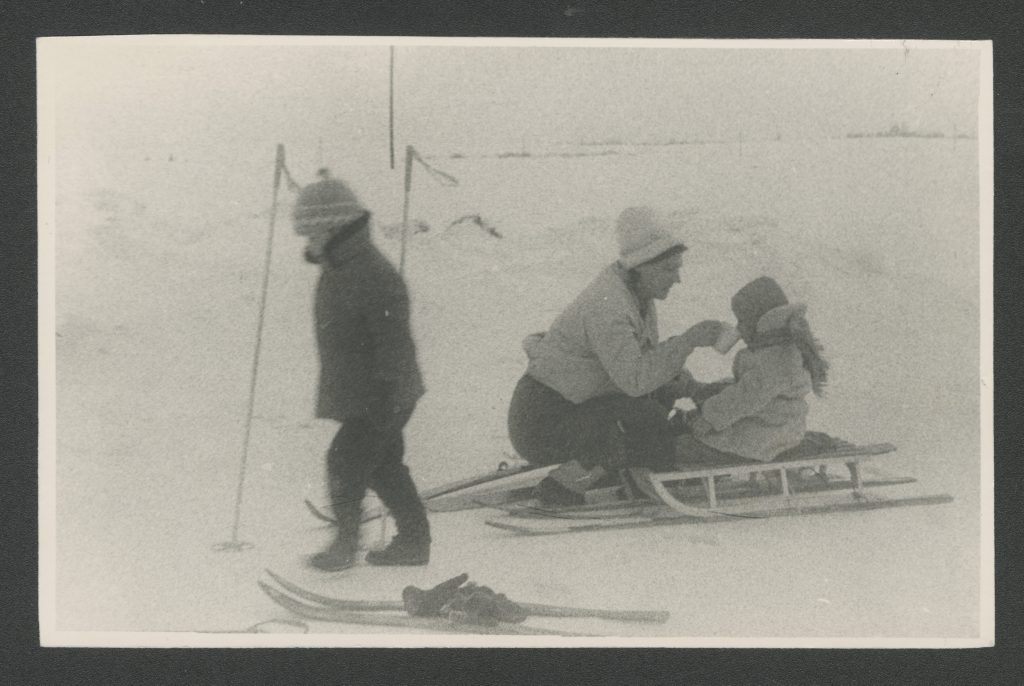
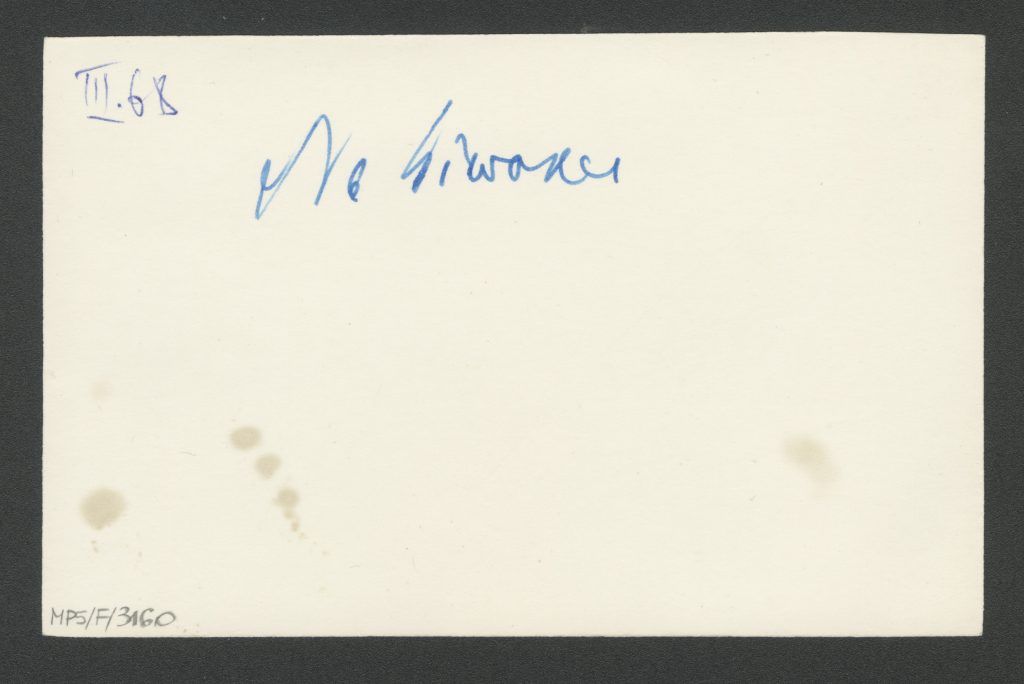
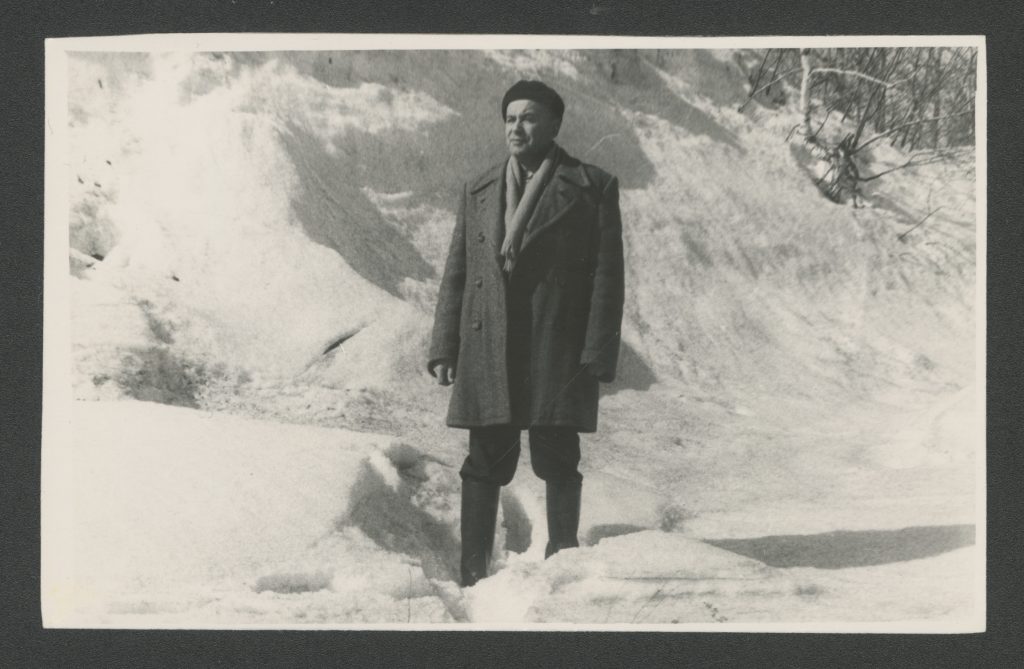
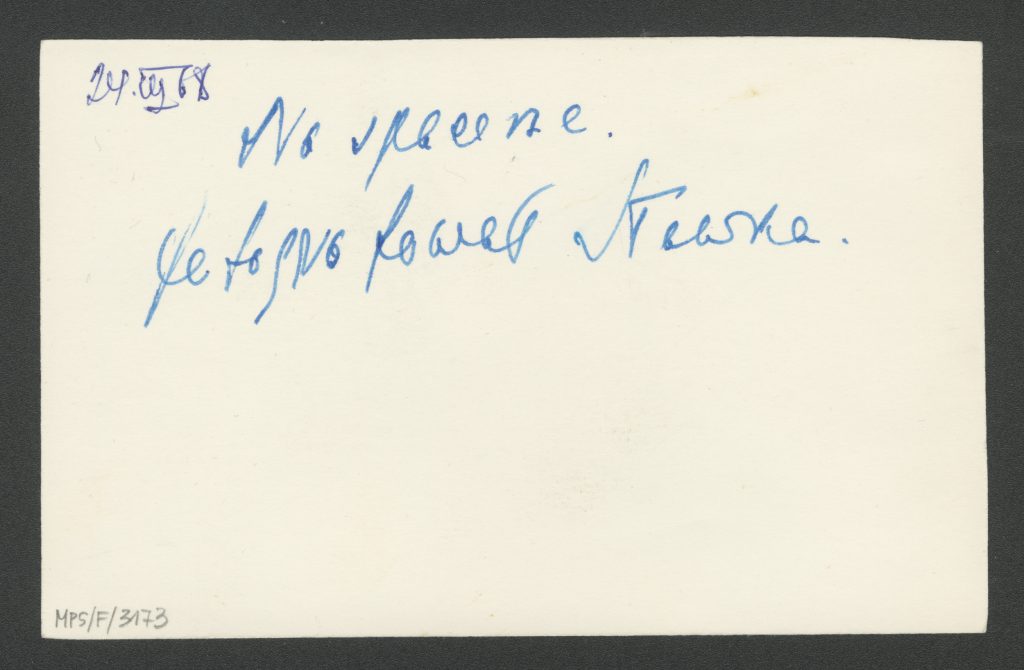
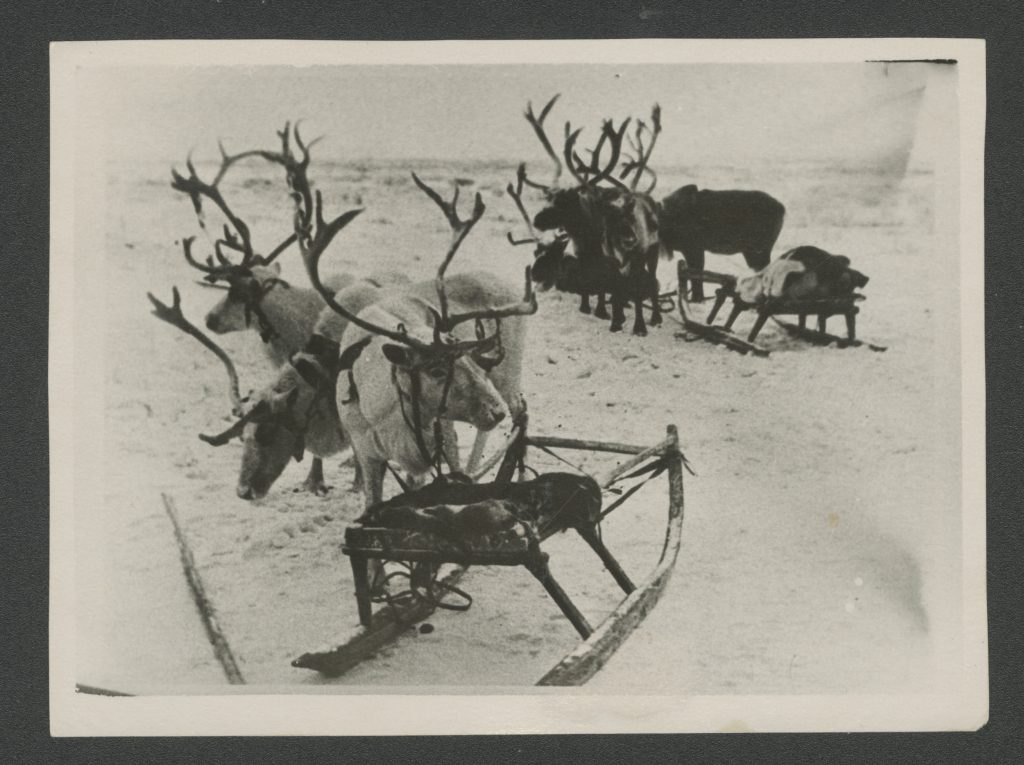
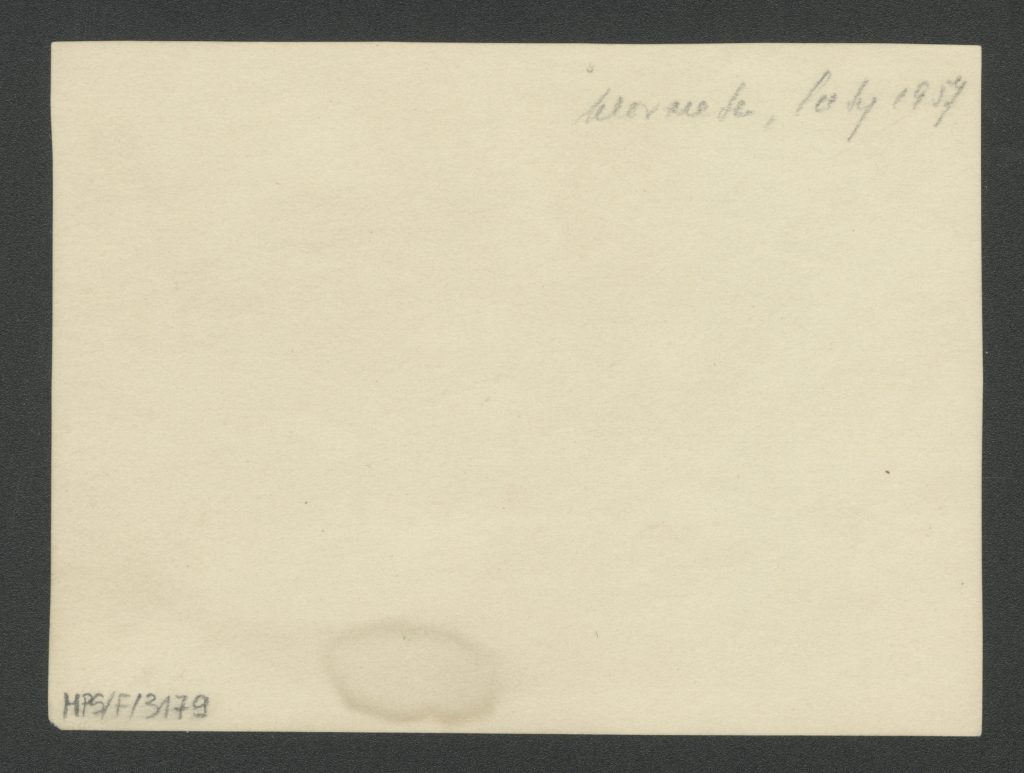
Gleb Bogdanovich a lot of passion. One of them was photography. His niece donated to the Sybir Memorial Museum a large collection of correspondence and photographs that he sent her in the letters. On the back he added his own description, often with his characteristic wit.
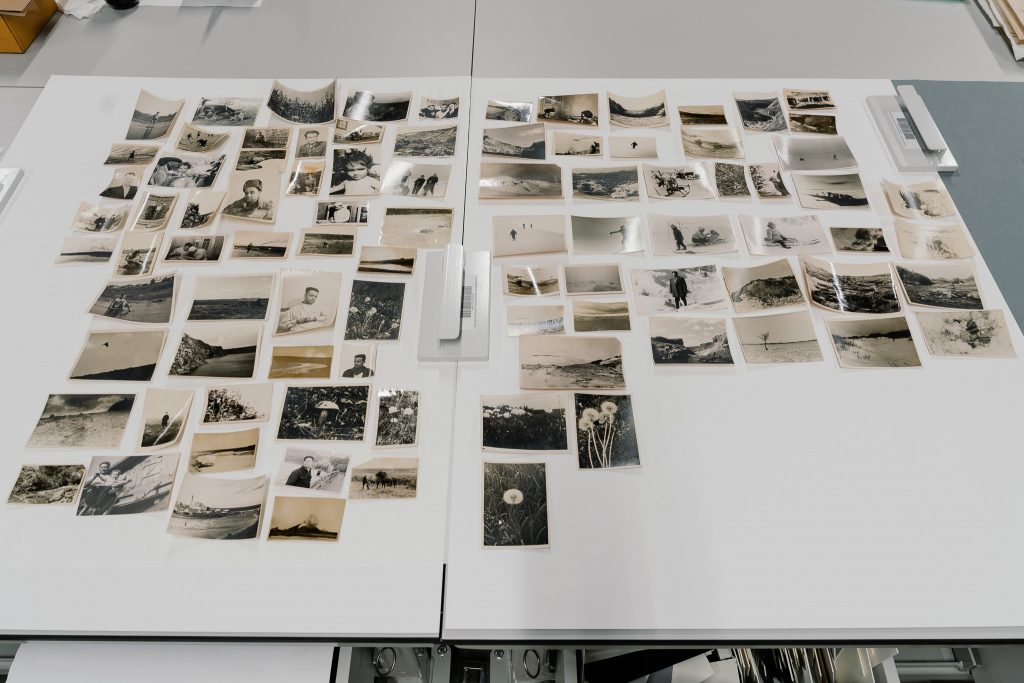
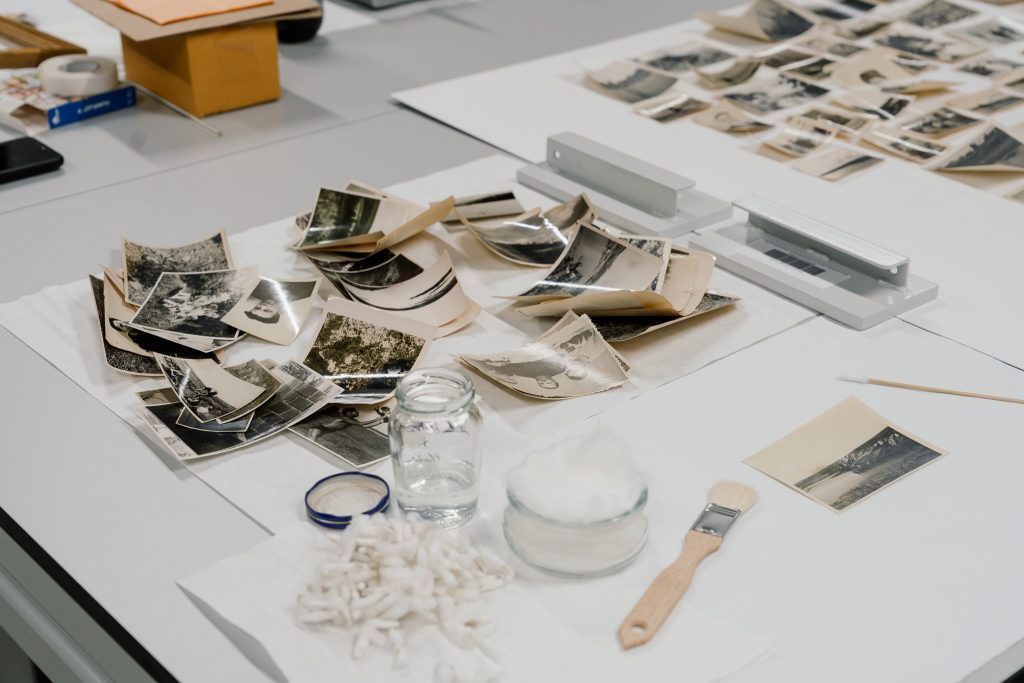
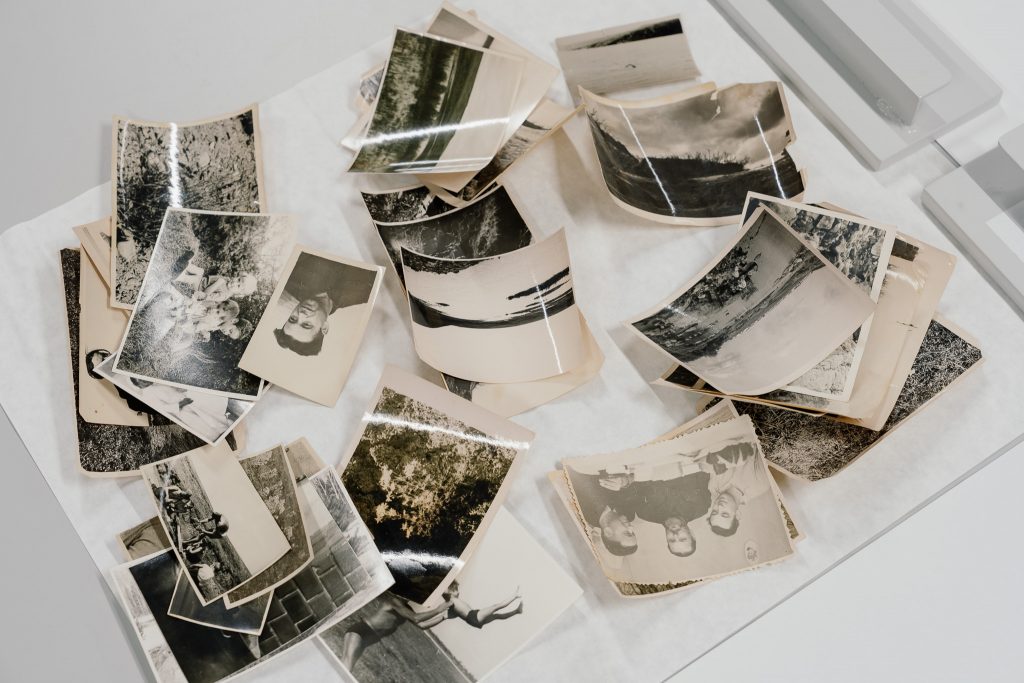
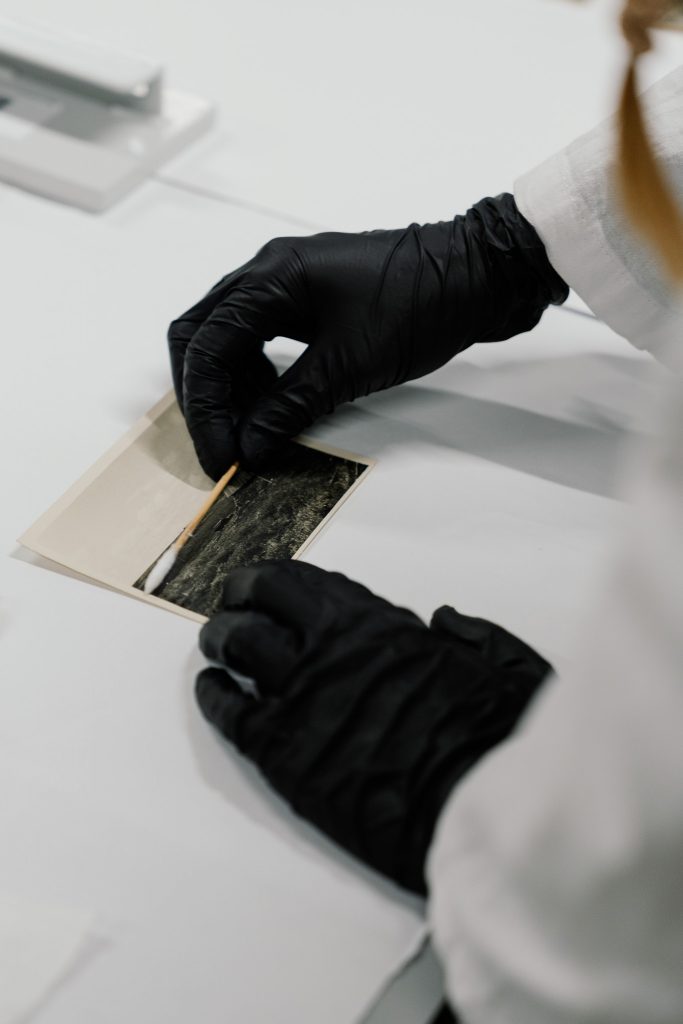
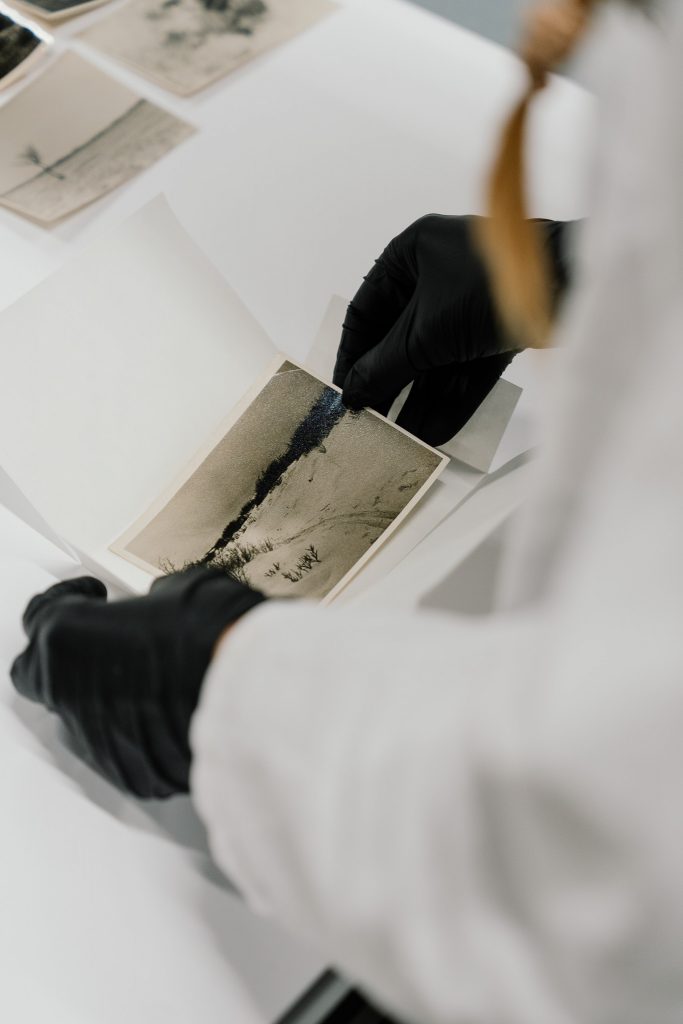
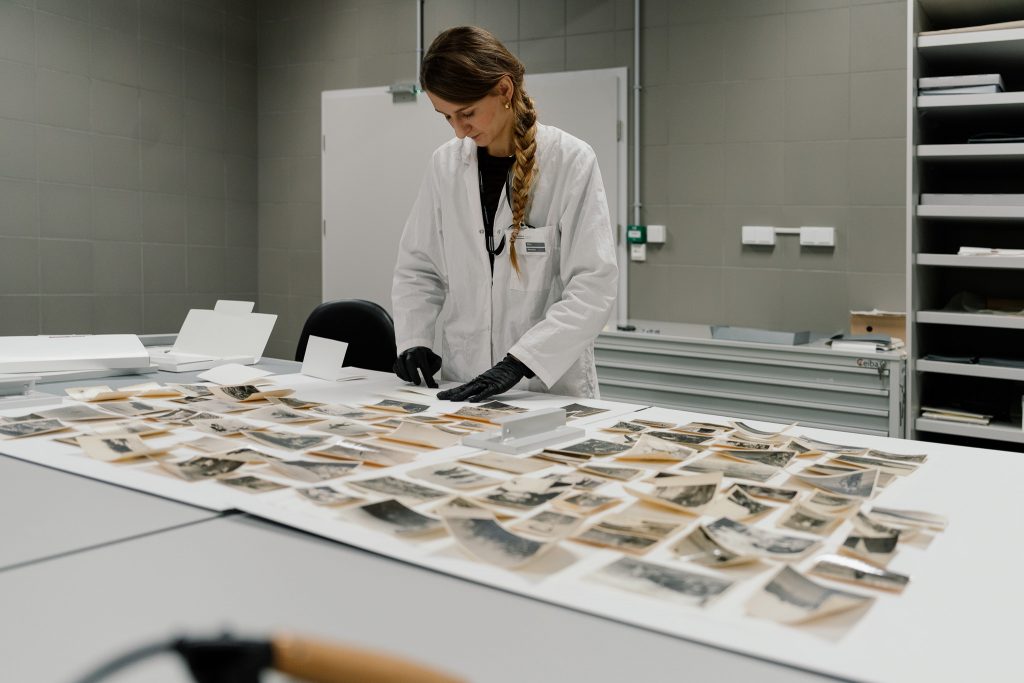
We encourage you to get familiar with the collection of Gleb Bogdanowicz’s photographs on our website:http://zbiory.sybir.bialystok.pl/zbiory/




